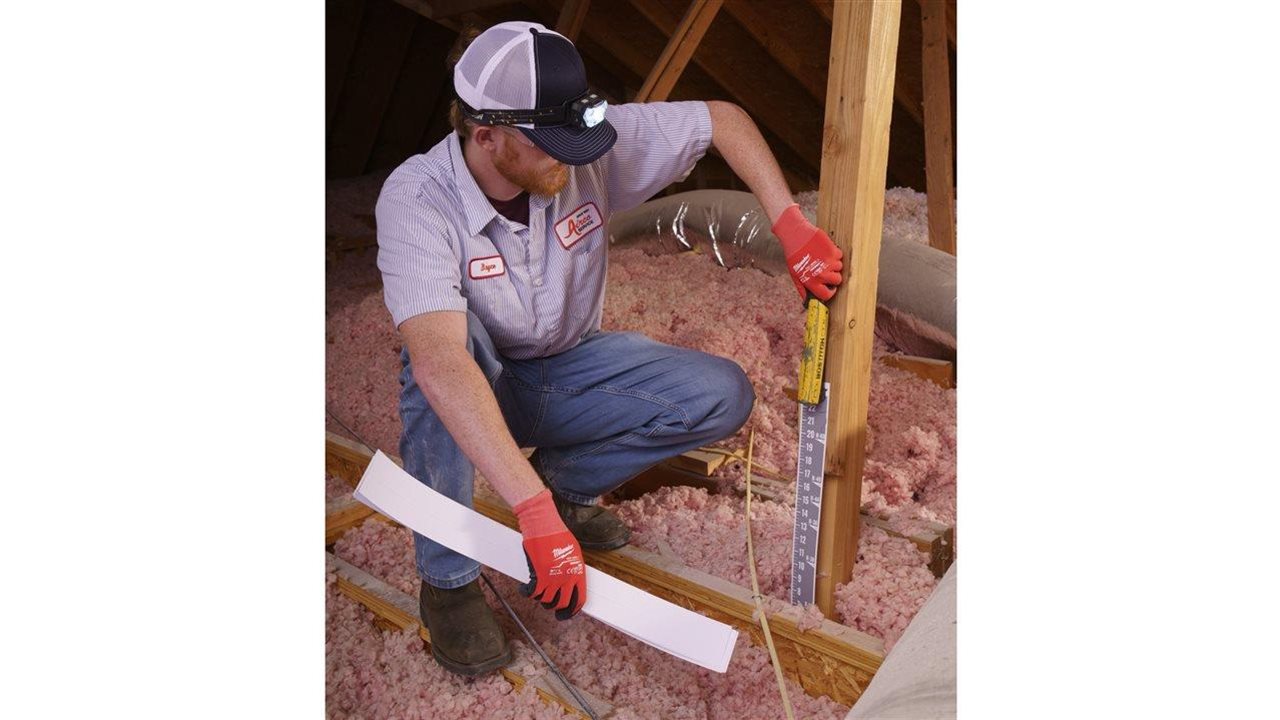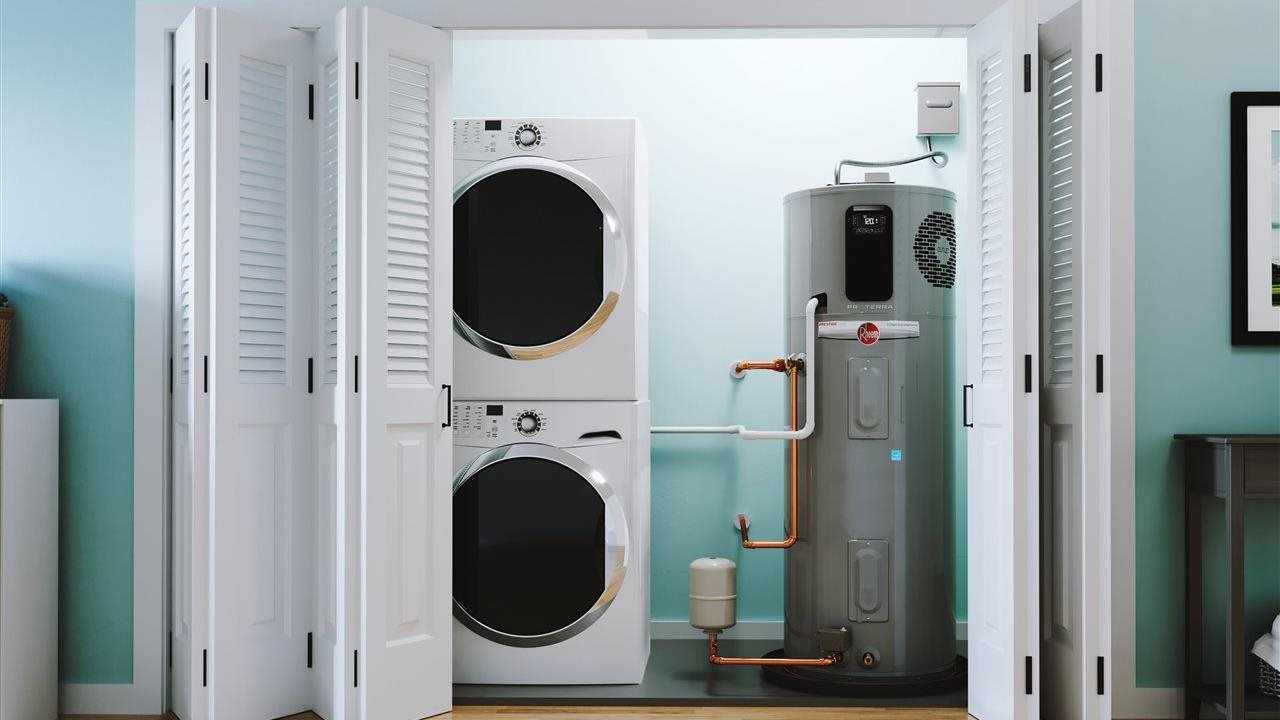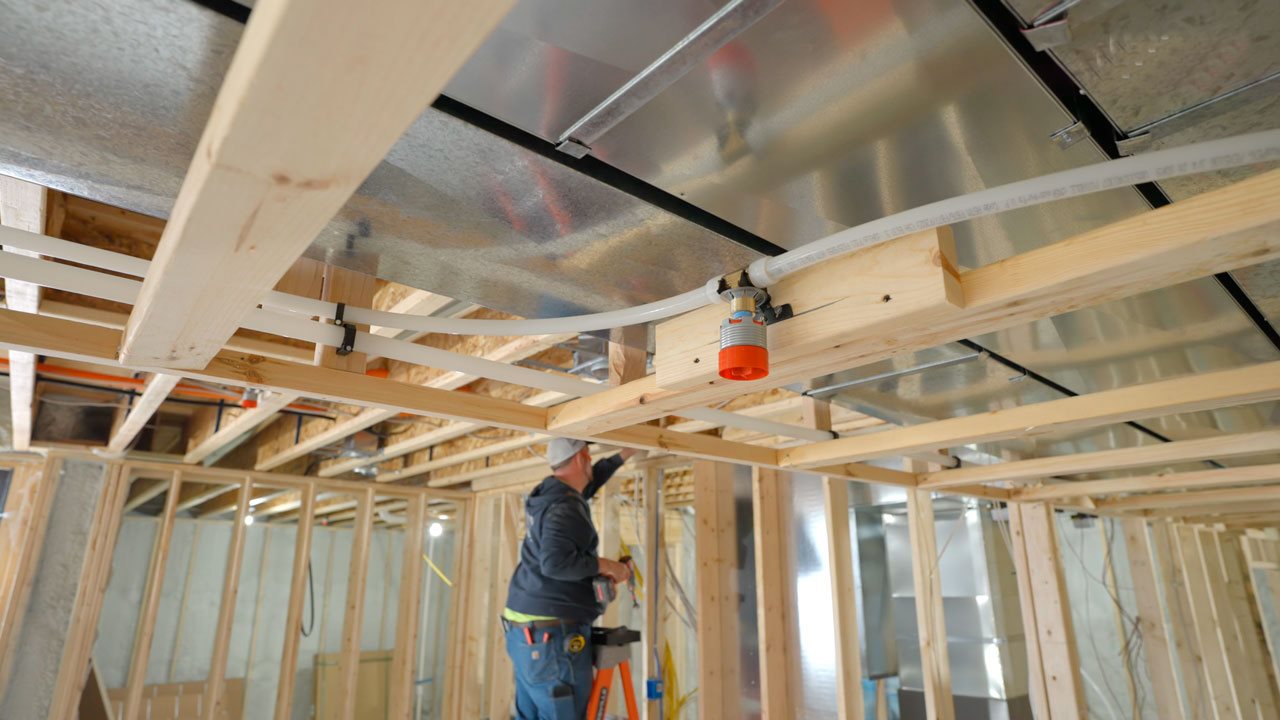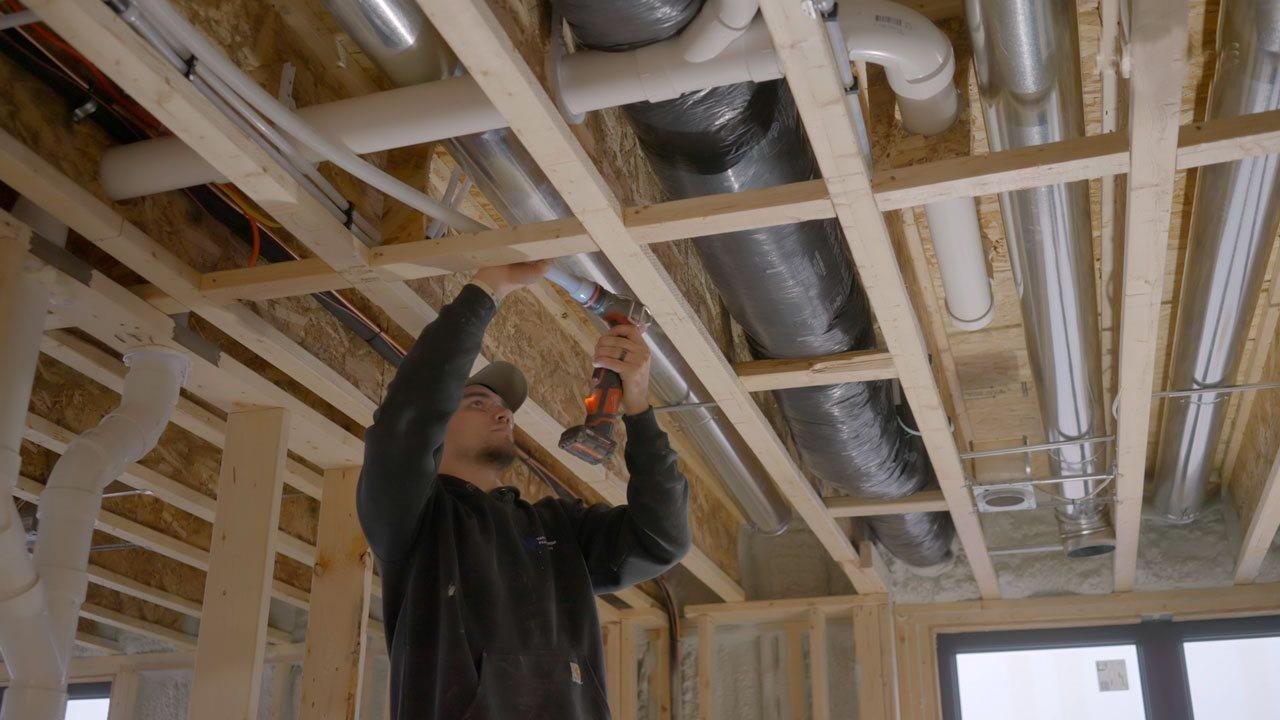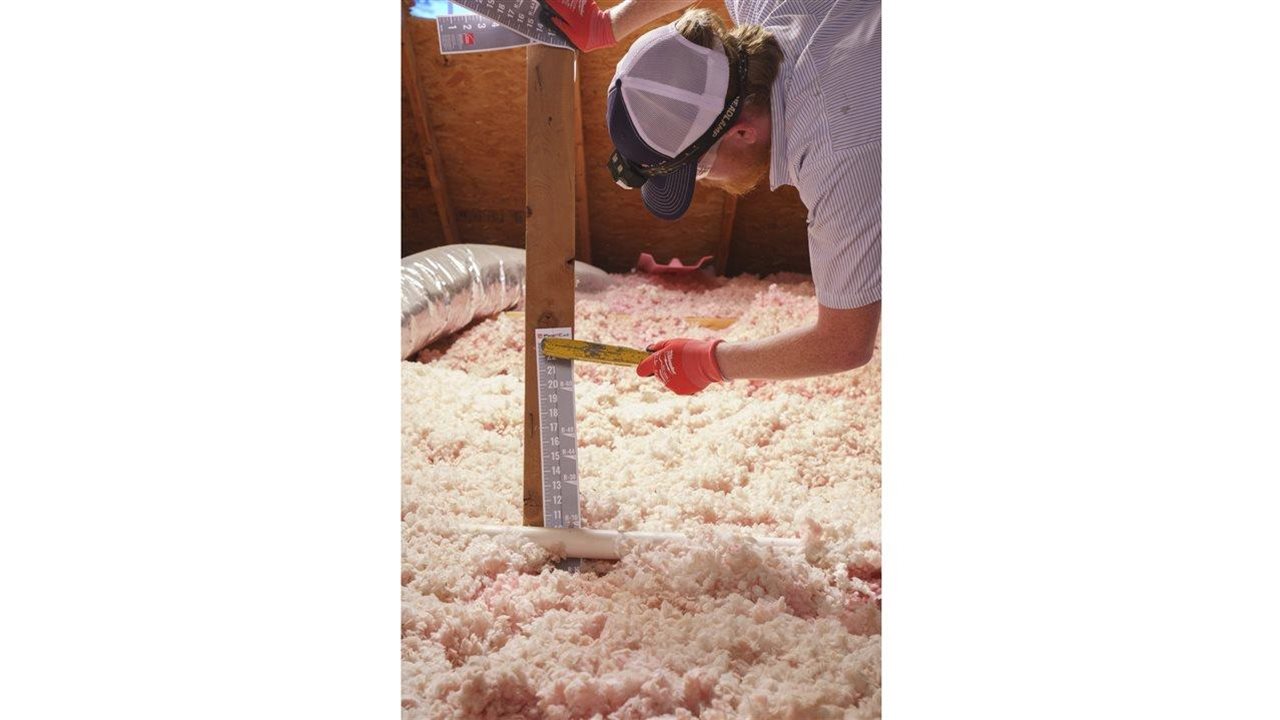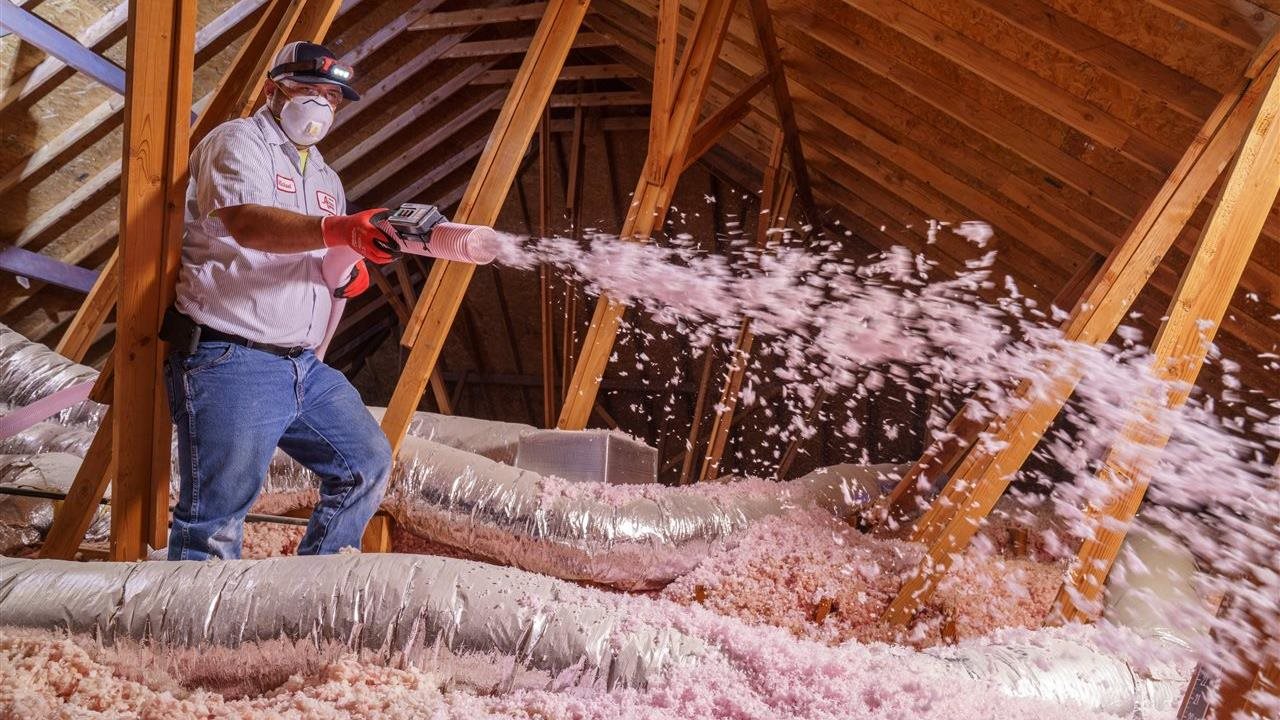2024-08-07T09:01:00
(BPT) – Summer is peak season for residential and commercial construction. Advances in material science and novel technologies are contributing to safety and efficiency on the jobsite as they help architects and contractors achieve high-performing homes and buildings. While today’s construction pros are making use of new tools and practices, they continue to trust legacy materials that have proven their value through decades of service in high-performing buildings. Mineral wool insulation offers a good example of a building material that has stood the test of time. Thermafiber® mineral wool has helped support safety, acoustics and comfort in homes and buildings for 90 years.
A material born in fire
Introduced in 1934, Thermafiber® mineral wool insulation is comprised of a blend of raw materials including rock and blast furnace slag, a byproduct of the steel industry. The insulation is made by melting materials at temperatures above 2600 F and channeling the molten “lava-like” mixture onto high-speed spinning wheels. The intense temperatures and high-speed spinning process produces a resilient and non-combustible insulating material that is fire resistant. Manufacturing processes also contribute to versatility. For example, specific steps and process controls during manufacturing can formulate mineral wool to absorb or repel water.
More than the name implies
The combination of “thermal” and “fiber” in the name might suggest that Thermafiber® is a temperature-centric material. However, its performance goes far beyond helping mitigate heat transfer. Installed in wall cavities, building perimeters and behind the facade, mineral wool helps deliver several benefits in homes, commercial buildings, schools, hospitals and other built structures. Following are just five ways that mineral wool helps support high-performing structures.
1. Fire safety: Mineral wool can be precisely formulated to support fire resistance and contribute to passive fire protection. Complementing detective fire systems like smoke detectors and active systems such as sprinklers, mineral wool requires no activation mechanism to deliver fire resistance. Mineral wool’s reputation as a fire-resistant material is evidenced by its use in the marketplace. Thermafiber® mineral wool is trusted in 4 out of 5 of America’s tallest buildings and was the first insulation to receive the U.S. Department of Homeland Security’s SAFETY Act Designation. In homes, mineral wool insulation’s fire resistance contributes to homeowner peace of mind in critical areas of the home where fire is a concern such as the kitchen and the shared wall between garage and home.
2. Acoustic performance: Simply defined, noise is unwanted sound, and it can present a problem for employees, students, healthcare workers and homeowners. Sources of noise include room-specific noises (i.e., monitors, alarms, ventilators in a hospital room, meetings in conference rooms, etc.), external traffic and mechanical rooms. Spaces ranging from hospital rooms to dorm rooms to home entertainment rooms are just a few areas in residential and commercial buildings where noise reduction and comfort are top concerns. Mineral wool insulation installed in buildings acts to isolate noise and reduce sound transmission between spaces.
3. Moisture mitigation: A home or building must be able to manage liquid and vapor moisture and defend against moisture getting trapped in the wall cavity. Installed as a continuous insulation, mineral wool helps reduce the possibility of condensation within the wall when warm, moist air is prevented from reaching a dew point temperature. For example, Owens Corning Thermafiber® RainBarrier® helps venues ranging from hospitals to museums efficiently drain water from a building’s wall cavity system.
4. Thermal performance: During hot summers and cold winters, Thermafiber® mineral insulation helps regulate indoor temperatures as it helps act as a barrier to heat transfer and offers an R-value of up to 4.3 per inch of thickness.
5. Enduring innovation: For 90 years, Thermafiber® mineral wool insulation has insulated homes and buildings across the globe with leading innovations in insulation products, applications, systems and accessories.
The commitment to advancing material science isn’t slowing down. Thermafiber® mineral wool’s 90-year legacy of innovation continues to explore new frontiers to elevate the performance of homes and buildings under construction today as well as those that will be built in the future.



